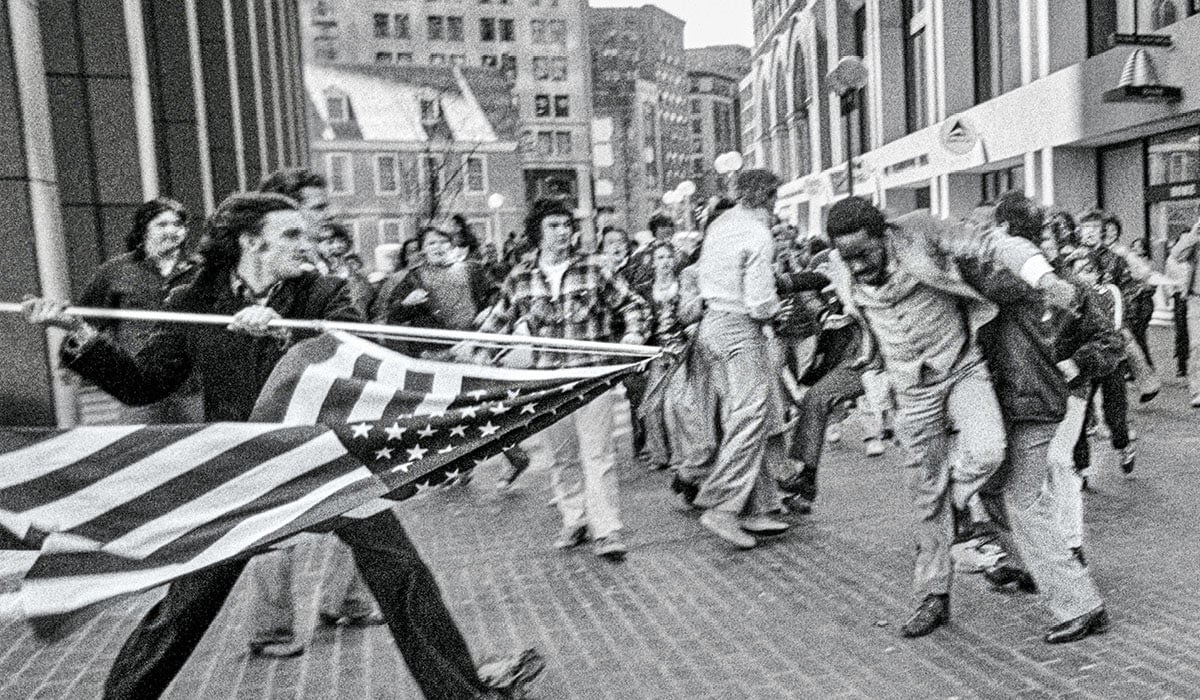On February 3, 1964, nearly half a million students—most of them African American and Puerto Rican—joined together to protest segregation in local education. Staying out of class for the day, they marched in front of their schools shouting “Jim Crow must go,” held signs with slogans such as “Integration Means Better Education,” and sang “We Shall Overcome.”
That demonstration, 56 years ago, turned out to be the largest civil rights protest of the decade. But it didn’t take place in the South, where you might have expected. It happened in New York City, where public education remained heavily segregated 10 years after the Supreme Court had ruled in Brown v. Board of Education that separate schools for black children and white children were unconstitutional.
The history of the civil rights movement usually focuses on the South. You know about the sit-ins, boycotts, and marches in places like Greensboro, North Carolina, and Birmingham, Alabama, that led to the passage of legislation such as the Civil Rights Act in 1964, which outlawed segregation in public spaces. But state-sponsored segregation also existed in the North, and thousands of people joined in civil rights movements outside the South, from New York City to Boston to Detroit.
So why haven’t you heard as much about them?
We often portray racism in the U.S. “as a regional problem, not a national problem,” says Jeanne Theoharis, author of a book on the civil rights movement called A More Beautiful and Terrible History. “The tendency when talking about segregation in the North is to say that it’s more episodic, and more personal, and not state-sponsored—except that we know that’s not the case.”
On February 3, 1964, nearly half a million students joined together to protest segregation in local education. Most of them were African American and Puerto Rican. They decided not to go to class that day. Instead, they marched in front of their schools shouting “Jim Crow must go,” held signs with slogans such as “Integration Means Better Education,” and sang “We Shall Overcome.”
It’s been 56 years since that demonstration took place. In the end, it turned out to be the largest civil rights protest of the decade. But it didn’t take place in the South, where you might have expected. It happened in New York City. The city’s public education remained heavily segregated 10 years after the landmark decision of the Supreme Court in Brown v. Board of Education. In the ruling, the Court declared that separate schools for black children and white children were unconstitutional.
The history of the civil rights movement usually focuses on the South. You know about the sit-ins, boycotts, and marches in places like Greensboro, North Carolina, and Birmingham, Alabama. Those acts of protest led to the passage of legislation such as the Civil Rights Act in 1964, which outlawed segregation in public spaces. But state-sponsored segregation also existed in the North. Thousands of people joined in civil rights movements outside the South, from New York City to Boston to Detroit.
So why haven’t you heard as much about them?
We often portray racism in the U.S. “as a regional problem, not a national problem,” says Jeanne Theoharis, author of a book on the civil rights movement called A More Beautiful and Terrible History. “The tendency when talking about segregation in the North is to say that it’s more episodic, and more personal, and not state-sponsored—except that we know that’s not the case.”

